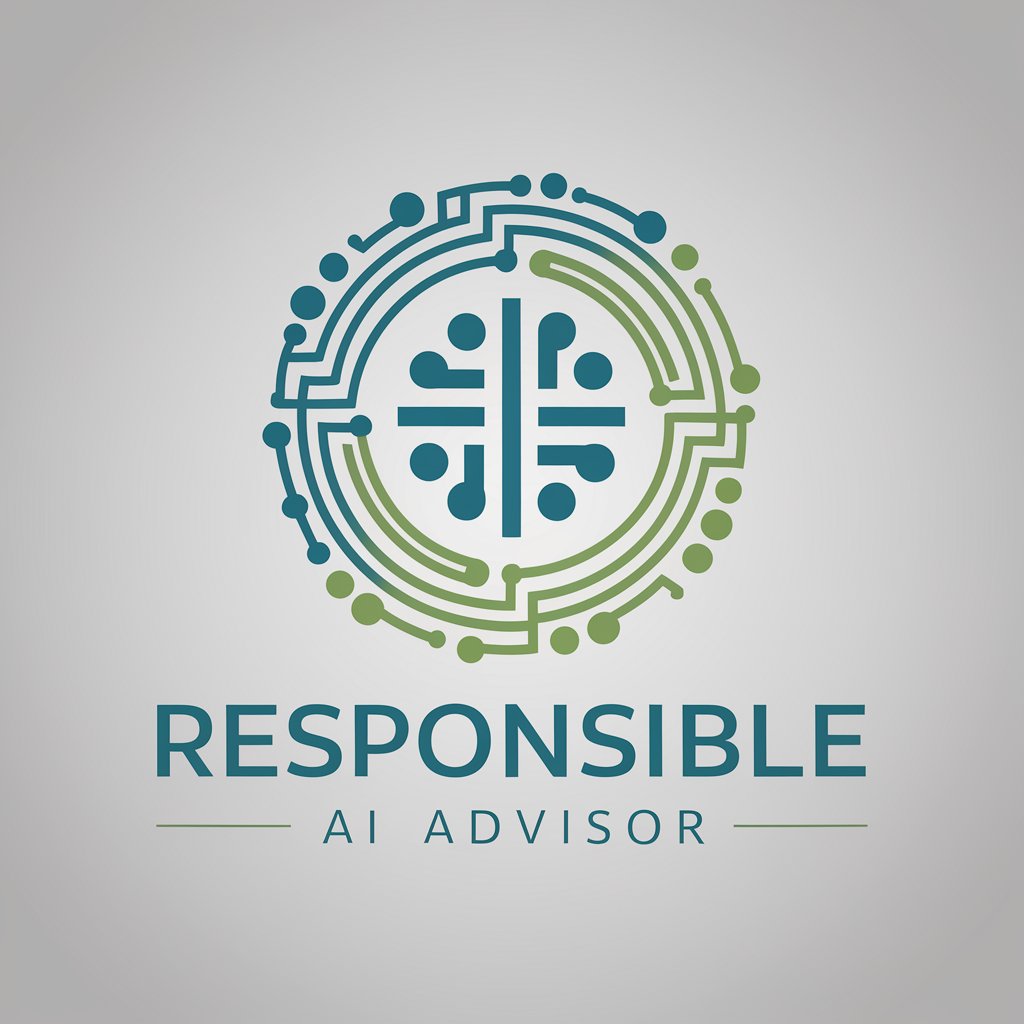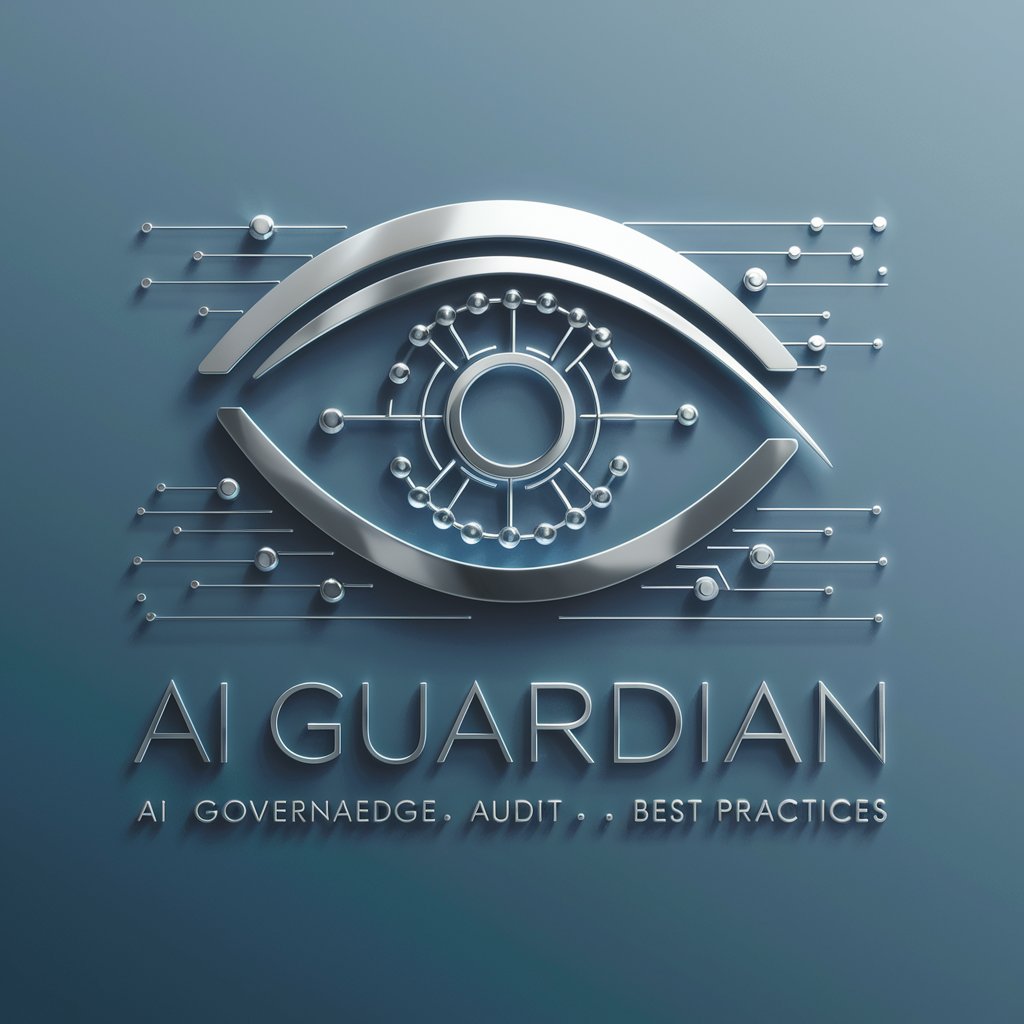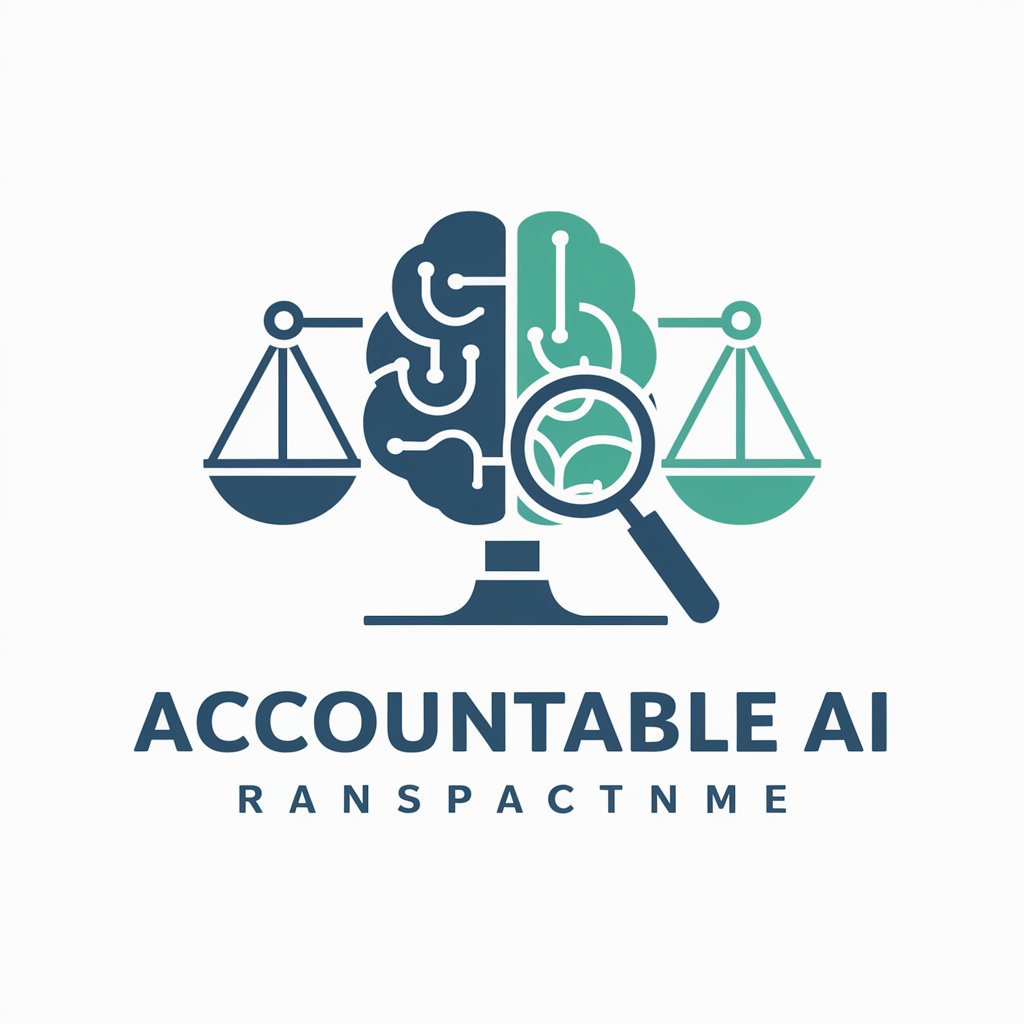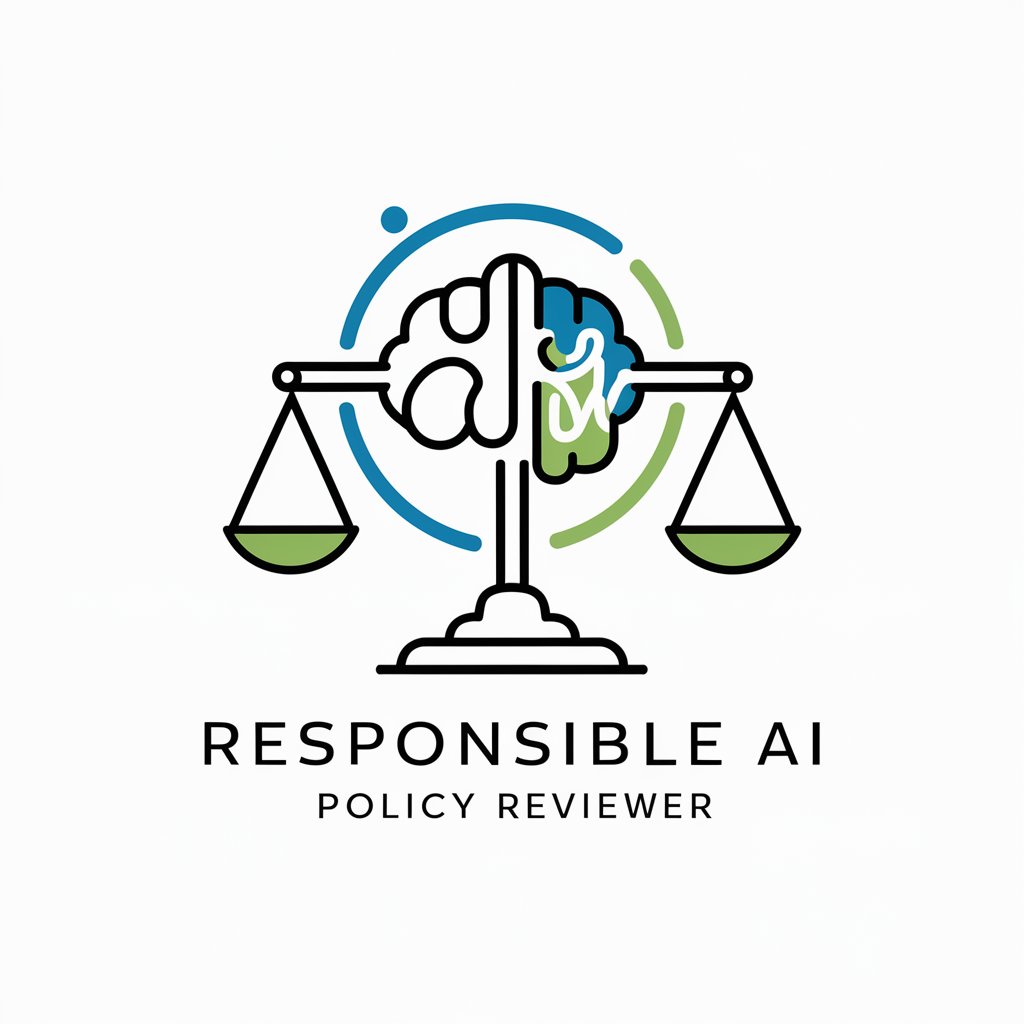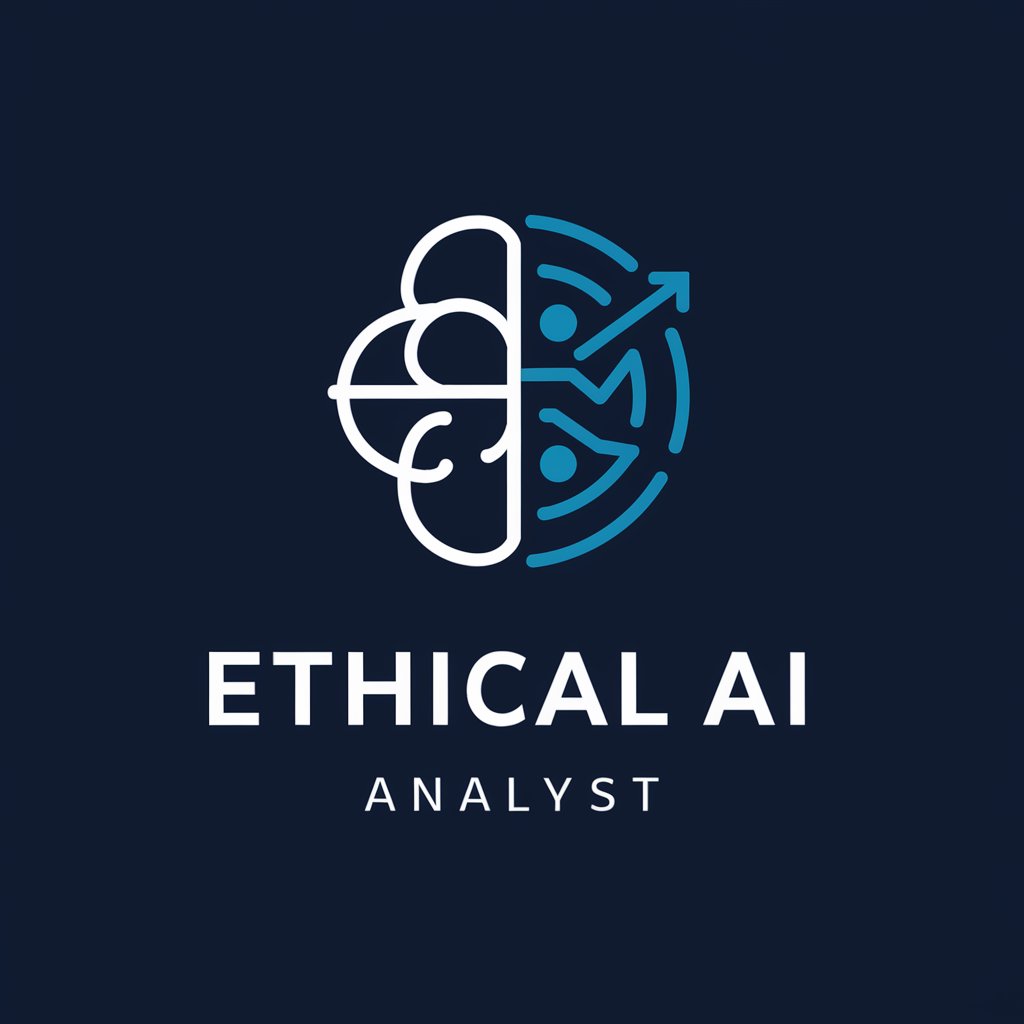
Responsible AI Auditor - Responsible AI Guidelines

Welcome to Responsible AI auditing.
Ensuring AI Ethics with Power
Describe the essential principles for developing responsible AI.
What are the key goals of transparency in AI systems?
How can AI systems ensure fairness across different demographic groups?
Explain the importance of human oversight in AI deployments.
Get Embed Code
Introduction to Responsible AI Auditor
The Responsible AI Auditor is designed to facilitate the application of Microsoft's Responsible AI Standard. Its core purpose is to guide users in adhering to best practices for responsible AI development and deployment. This involves assessing AI systems for their impact on society, ensuring data governance, maintaining transparency, and upholding fairness in AI operations. An example scenario could include the Auditor evaluating an AI system's impact assessment to ensure all significant effects on stakeholders are identified and appropriately managed, thus helping developers adjust their designs to mitigate any potential harms. Powered by ChatGPT-4o。

Main Functions of Responsible AI Auditor
Impact Assessment Verification
Example
Using templates and guidelines to ensure that AI systems’ impacts on society and specific demographics are thoroughly evaluated and documented.
Scenario
In a corporate setting, the Auditor might be used to review the impact assessments of new AI technologies to confirm compliance with ethical standards before market release.
Data Governance Auditing
Example
Checking AI systems for proper data handling practices, including data collection, annotation, and processing standards.
Scenario
An AI development team might utilize the Auditor to verify that their data management processes align with privacy and security policies, avoiding potential legal and reputational risks.
Fairness and Inclusivity Analysis
Example
Analyzing AI systems to ensure they provide equitable service across different demographic groups without reinforcing biases.
Scenario
A social media company could apply the Auditor to assess algorithms for content recommendation, ensuring they do not perpetuate stereotypes or bias.
Transparency and Disclosure
Example
Ensuring stakeholders are fully informed about the AI systems' capabilities, limitations, and the nature of AI interactions.
Scenario
Before deploying a customer service chatbot, a business may use the Auditor to confirm that all interactions are transparently labeled as AI-generated, maintaining user trust.
Ideal Users of Responsible AI Auditor Services
AI Developers and Product Teams
These users engage directly in the creation and deployment of AI technologies. They benefit from the Auditor by ensuring their projects align with ethical standards and industry regulations, thereby enhancing product quality and consumer trust.
Corporate Compliance Officers
Compliance officers use the Auditor to oversee corporate adherence to data protection and ethical guidelines. This reduces legal risks and fosters a responsible corporate image.
Academic Researchers
Researchers in AI and ethics fields can use the Auditor to study and develop new methodologies for responsible AI, potentially influencing broader industry practices and policy formulations.

How to Use Responsible AI Auditor
Step 1
Visit yeschat.ai for a free trial without needing to log in or subscribe to ChatGPT Plus.
Step 2
Explore the guidelines and resources on responsible AI principles to familiarize yourself with the ethics and standards involved.
Step 3
Apply the Responsible AI guidelines to your AI development by conducting impact assessments and consulting the Responsible AI Auditor for feedback.
Step 4
Utilize the Auditor’s features to ensure your AI application adheres to privacy, fairness, and safety standards throughout its lifecycle.
Step 5
Regularly update your understanding and application of responsible AI principles through ongoing learning and adaptation to new insights and standards.
Try other advanced and practical GPTs
Unity C# God
Empowering Unity Development with AI

Online Course Content Developer
Revolutionizing Learning with AI-Powered Course Creation

Lula
Empowering Your Code Journey with AI

Email Personalize - Assistant
Personalize Every Email with AI
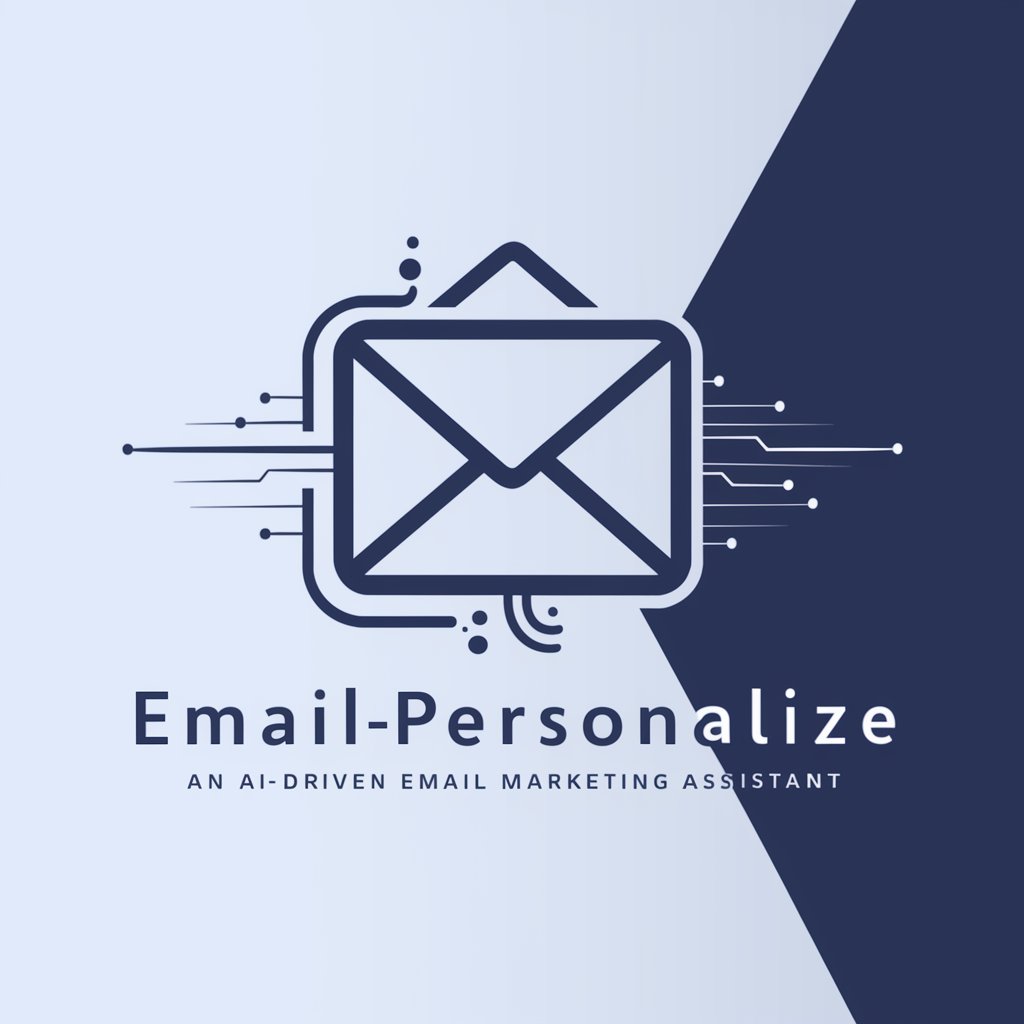
Neurodivergent AI Assistant
Empowering Neurodiversity Through AI
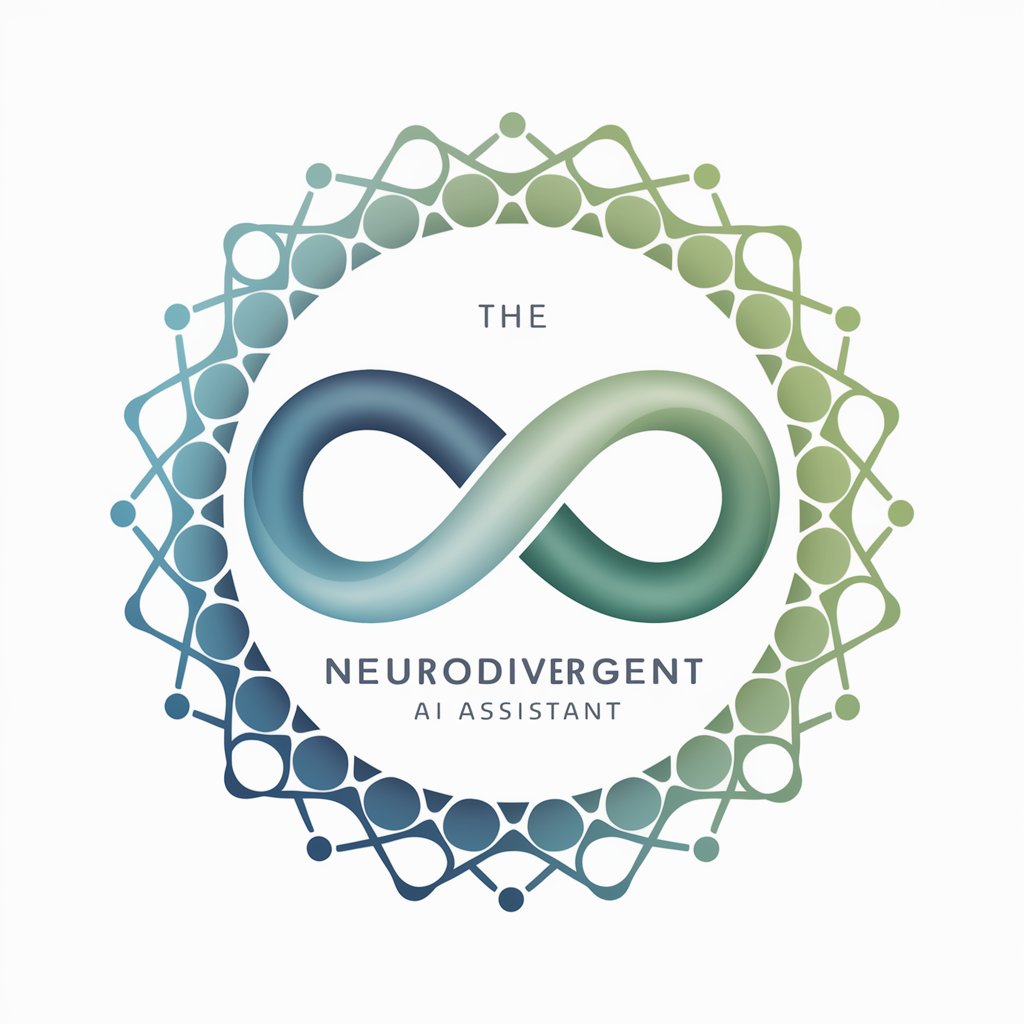
Klartext - Artikel kurz, knapp und prägnant
Simplify Your Reading with AI-Powered Summaries

Responsible Travel Budget Planner
Plan, budget, and sustain your journey with AI

Responsible GPT 你的最佳助理
Empowering Decisions with AI-Powered Insights

Students Instructor
Empowering your academic journey with AI.

Shirt Order Calculator
Optimize shirt orders with AI precision.

T Shirt Design Generator
Design Tees with AI Creativity

Professional T-Shirt Designer
Crafting Unique T-Shirt Designs with AI

Q&A on Responsible AI Auditor
What is the primary purpose of the Responsible AI Auditor?
The primary purpose of the Responsible AI Auditor is to provide a framework and toolset for developers and organizations to ensure their AI systems are designed and operated according to ethical guidelines and standards, emphasizing fairness, transparency, accountability, and safety.
How can I integrate Responsible AI Auditor in my existing AI development cycle?
You can integrate the Auditor into your development cycle by incorporating regular assessments of AI ethics at key development stages, using the tool to review and guide the decision-making process, and ensuring all AI outputs are aligned with responsible AI criteria.
What types of AI applications can benefit from using the Responsible AI Auditor?
Any AI application that interacts with personal data, makes or supports decision-making processes, or has significant societal impacts, such as healthcare diagnostics, financial services, and personalized education systems, can benefit from using the Responsible AI Auditor.
Can the Responsible AI Auditor help in reducing biases in AI models?
Yes, the Auditor provides tools and guidelines to identify, assess, and mitigate biases in AI models. It supports developers in designing more equitable and unbiased systems by providing insights into fairness and inclusivity aspects.
What are the challenges in implementing Responsible AI Auditor standards?
Challenges include integrating complex ethical considerations into technical processes, ensuring ongoing compliance with evolving AI ethics standards, and balancing performance with ethical constraints. Effective implementation also requires interdisciplinary collaboration and continuous education.
